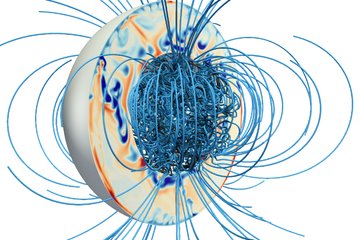All genres
221.
Talk
Variegation of active regions on comet 67P/Churyumov-Gerasimenko. AAS/Division for Planetary Sciences Meeting #47, Washington DC, USA (2015)
222.
Talk
Colors of active regions on comet 67P. European Planetary Science Congress EPSC , Nantes, France (2015)
223.
Talk
Variegation of active regions on comet 67P/Churyumov-Gerasimenko. Division for Planetary Sciences 48, Washington DC, USA (2015)
224.
Talk
Surface compositional heterogeneity of (4) Vesta from Dawn FC using a 3 dimensional spectral approach. European Planetary Science Congress, Nantes, France (2015)
225.
Talk
Small-scale impacts as a trigger for an avalanche in a low-gravity environment. Asteroids, Comets Meteors Conference, Helsinki, Finland (2014)
226.
Talk
mpact Simulations on the Rubble Pile Asteroid (2867) Steins. DPS meeting #46, Tucson, AZ, USA (2014)
227.
Talk
Craters on comets. Asteroids, Comets, Meteors, Helsinki, Finland (2014)
228.
Talk
Jets and sources of activity on 67P observed by OSIRIS. EuroPlanet Science Congress, Cascais, Portugal (2014)
229.
Poster
Small scale impacts as trigger for an avalanche in a low gravity environment. Granular Matter in Low Gravity, Erlangen, Germany (2015)
230.
Poster
Small Scale Impacts as trigger for an avalanche in a low gravity environment. European Geosciences Union General Assembly 2014, Vienna, Austria (2014)
231.
Report
Benefit from annealing proton irradiation defects on the OSIRIS CCDs. Max-Planck-Institut für Aeronomie, Katlenburg-Lindau, Germany (2003)











